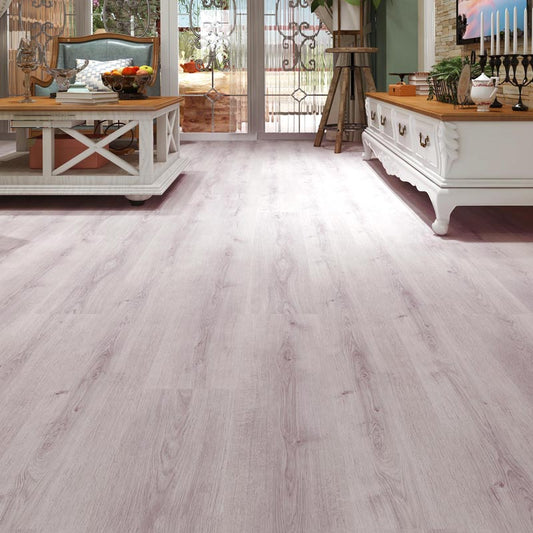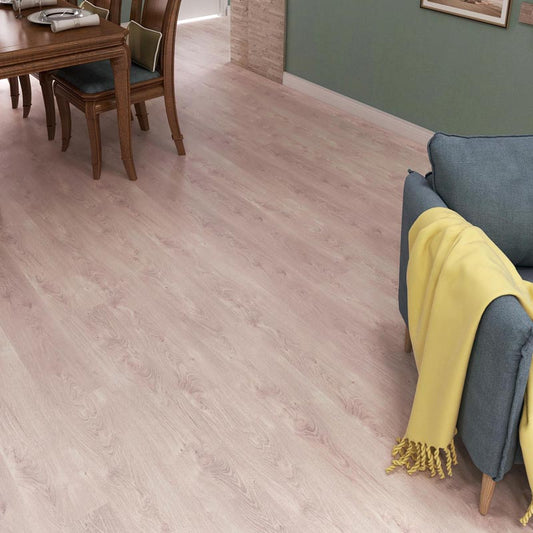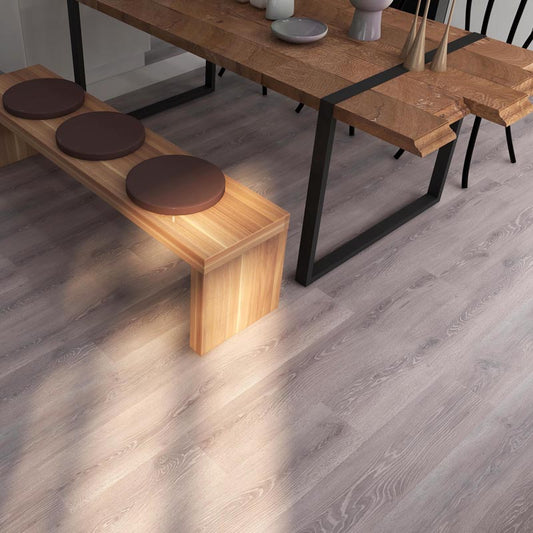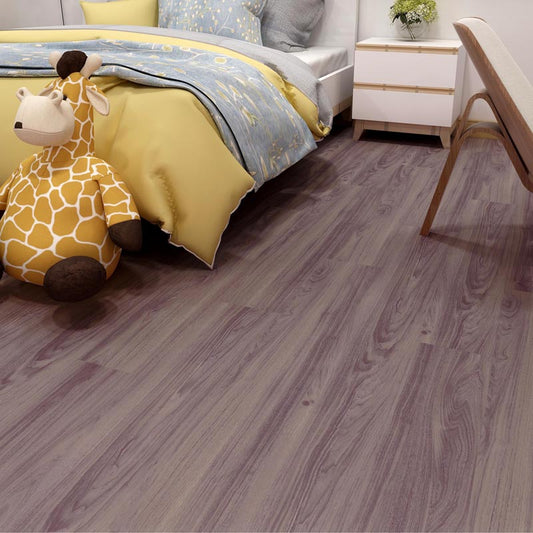Are you planning to renovate your space and need to remove your existing LVP flooring? Perhaps you're facing issues with your current flooring and considering a change? Whatever your reason, removing LVP flooring might seem like a daunting task. But fear not! With the right tools and techniques, you can tackle this project like a pro.

Removing LVP flooring requires careful planning and execution to avoid damaging the subfloor or surrounding areas. Before you begin, gather the necessary tools, including a utility knife, pry bar, hammer, and safety equipment such as gloves and goggles. Start by removing any baseboards or trim around the perimeter of the room to provide easier access to the flooring. Then, use a utility knife to cut the LVP flooring into manageable sections, making it easier to pry up. Once the flooring is cut, use a pry bar and hammer to gently lift and remove each section, taking care not to damage the underlying subfloor. Dispose of the old flooring responsibly, and prepare the subfloor for installation of new flooring if needed.

Removing LVP flooring may seem like a daunting task, but with the right tools and techniques, you can tackle it successfully. By following these steps carefully and taking your time, you can remove your old flooring and prepare your space for a fresh new look.
What Are the Benefits of Removing LVP Flooring?

Removing LVP flooring offers several benefits, including:
- Preparation for Renovation: Removing old flooring is often the first step in a renovation project, allowing you to start with a clean slate and create the space of your dreams.
- Addressing Damage: If your LVP flooring is damaged or worn out, removing it allows you to assess the condition of the subfloor and address any issues before installing new flooring.
- Updating Style: Removing outdated LVP flooring gives you the opportunity to update the look of your space with modern flooring options that better suit your style and preferences.
By removing LVP flooring, you can enhance the appearance and functionality of your space while preparing it for future upgrades or renovations.
More related questions
How to Repair LVP Flooring?
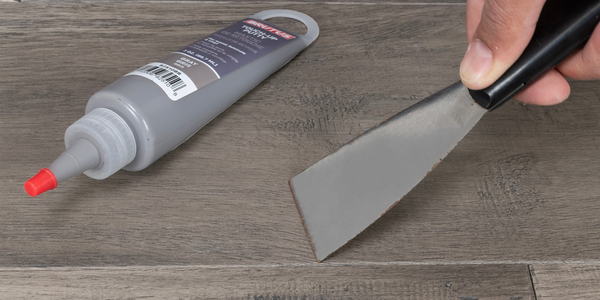
Repairing LVP flooring typically involves filling in scratches, dents, or other damage with colored putty or wax and sealing the repaired area with a protective sealant. For more significant damage, such as deep gouges or cuts, it may be necessary to replace the affected plank.
Can You Paint LVP Flooring?
Yes, you can paint LVP flooring to refresh its appearance or change its color. However, it's essential to use paint specifically designed for vinyl flooring and follow proper preparation and application techniques to ensure a durable finish.
##Conclusion
Removing LVP flooring is a manageable task with the right tools and techniques. By following the steps outlined in this guide, you can safely and effectively remove your old flooring and prepare your space for a fresh new look. Happy renovating!


